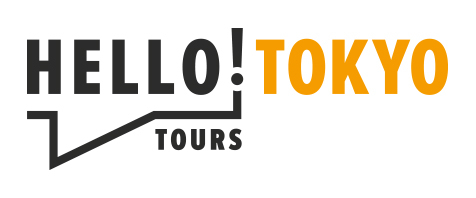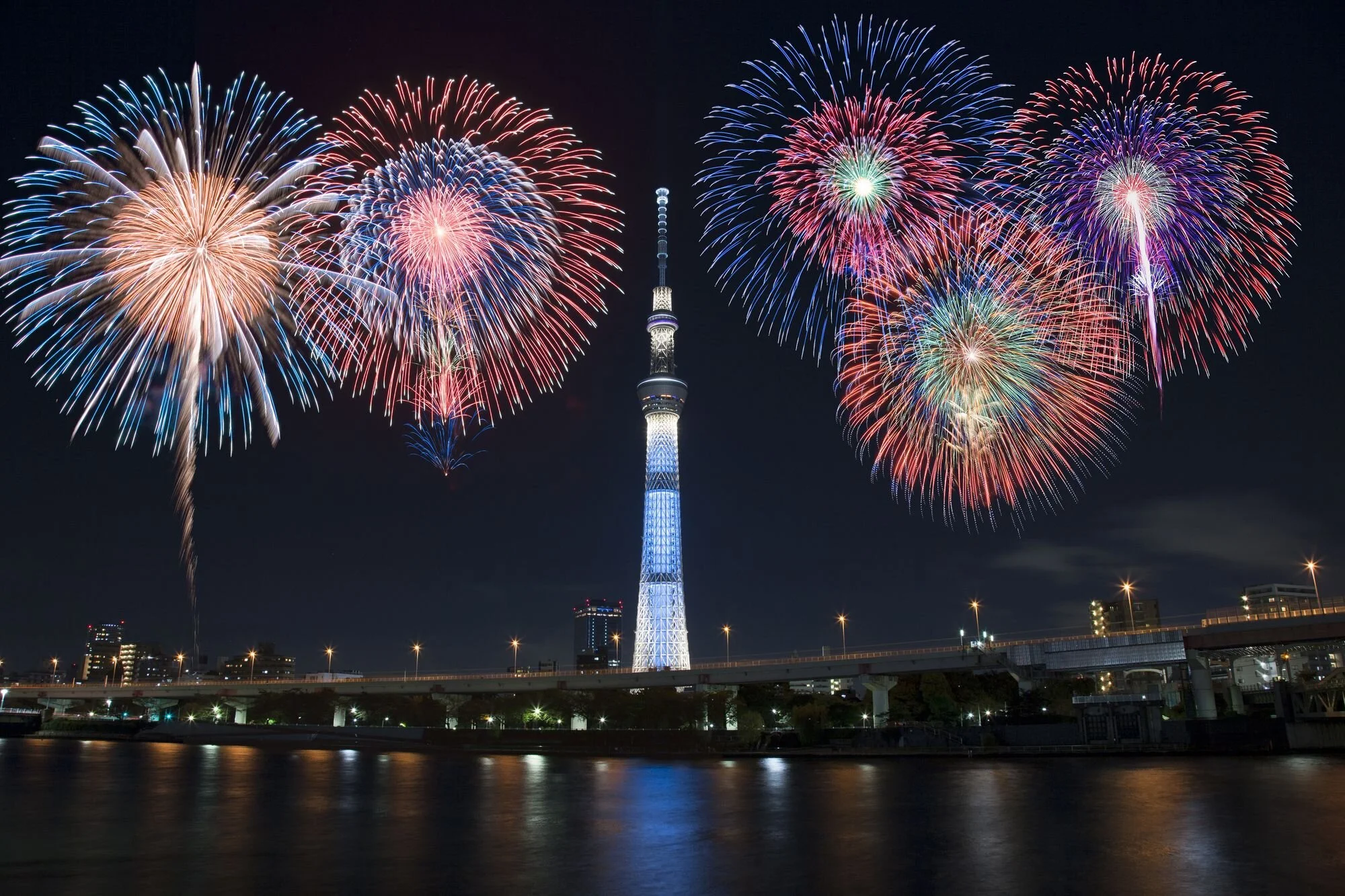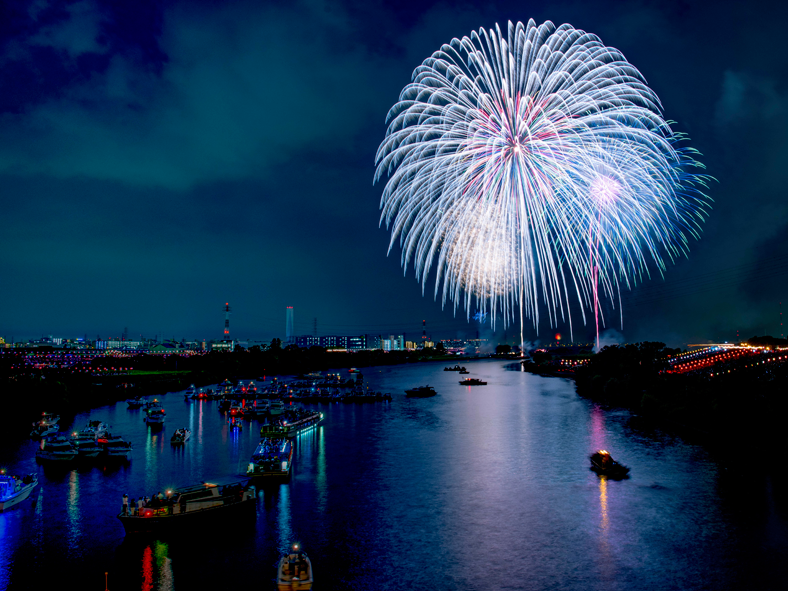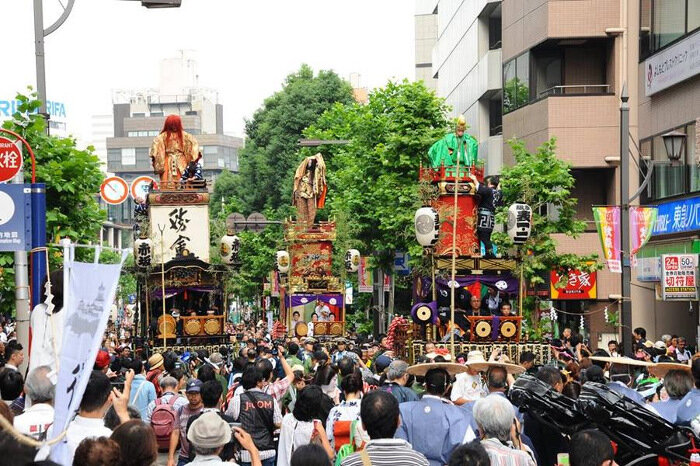The summertime usually means honoring deceased spirits in Japan - particularly the Obon Festival. One such festival that revolves around this idea is the Mitama Festival. Every year, in mid-July, thousands of people gather at the Yaskuni Shrine for Tokyo’s biggest Obon festival. The highlight of this festival are the 30,000 lanterns that light the way to the shrine every night for the span of 4 days that it holds the festival. This festival also features mikoshi (portable shrine), dancing, music and many food/drink stalls.
Entrance fee: Free
Photo credit: SagasWhat
Location: 3-1-1 Kudankita, Chiyoda-ku, Tokyo 102-8246, Yaskuni Shrine
Dates: Mid July
Website: https://www.yasukuni.or.jp/english/
How to get there: A 5 minute walk from Kudanshita Station, Exit 1 on the Tokyo Metro Tozai, Hanzomon, and Toei Shinjuku lines. A 10 minute walk on the Iidabashi or Ichigaya Station on the JR Sobu and Chuo Lines.


















